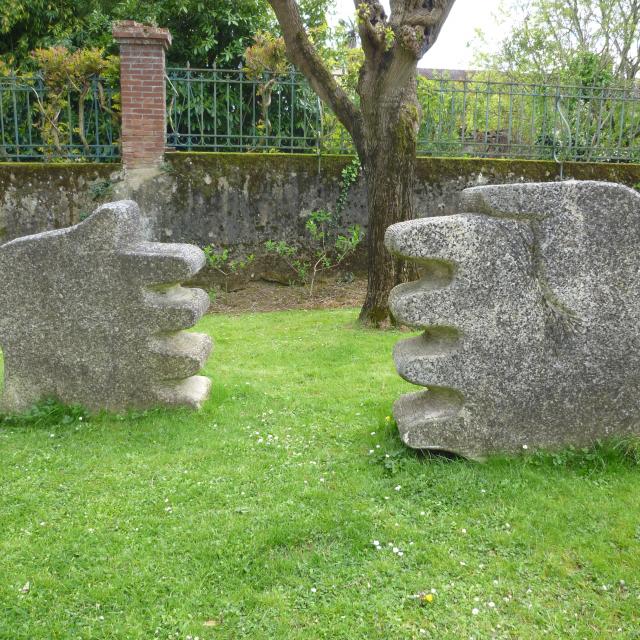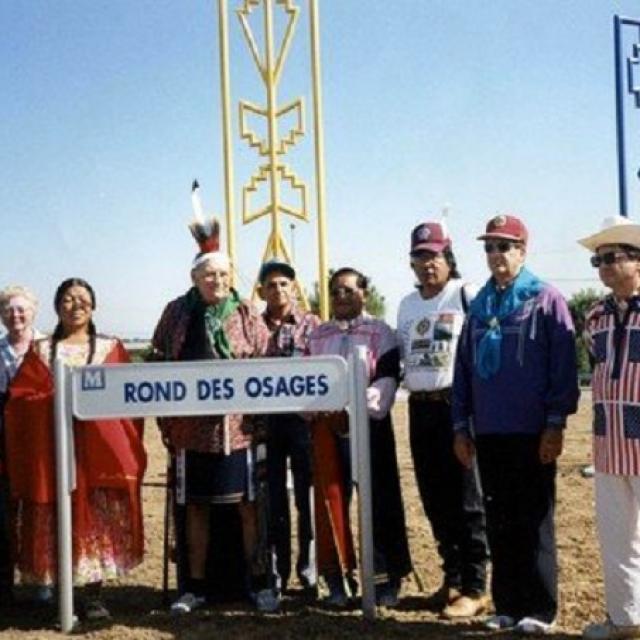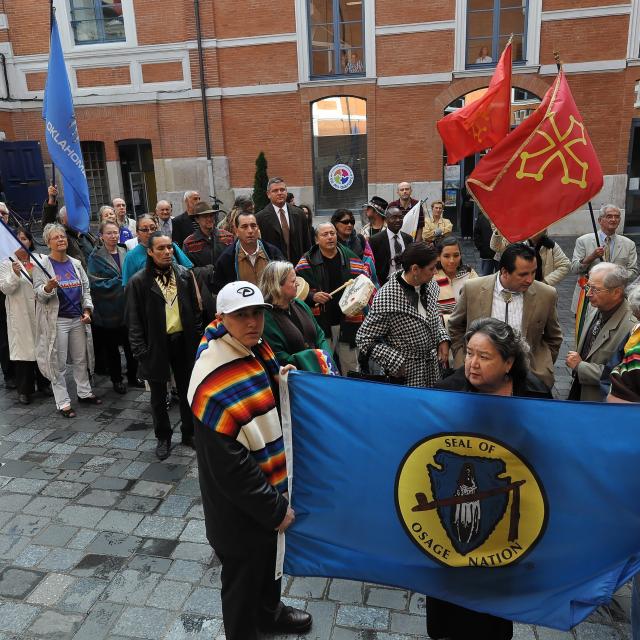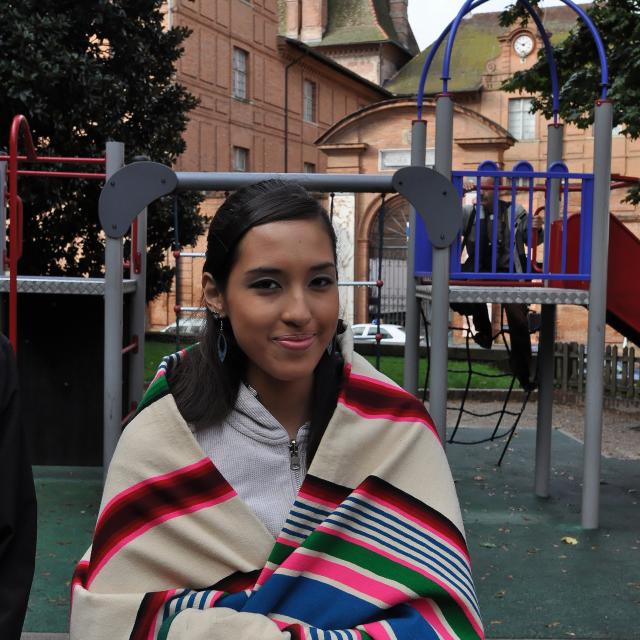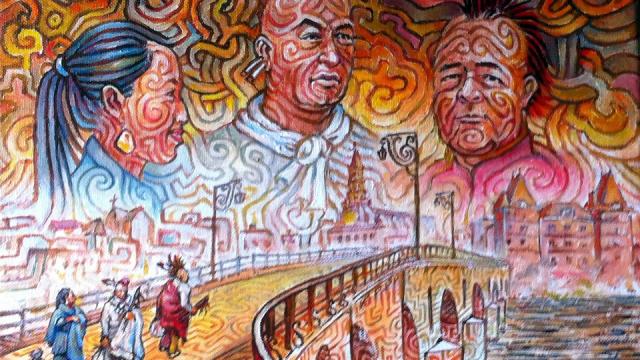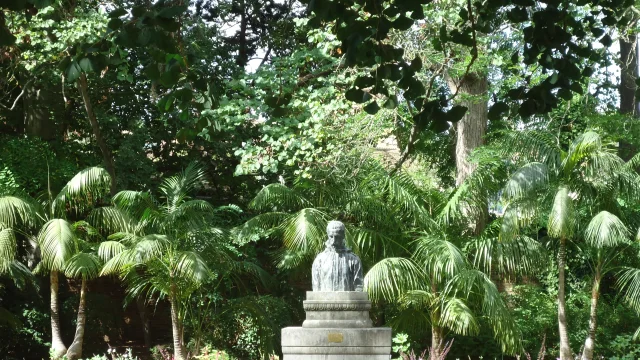During the terrible winter of 1829, the Osage Indians arrived exhausted in Montauban (Tarn-et-Garonne), bringing to an end a wandering journey that had taken them across part of Europe for two and a half years.
After weeks of wandering, the Osages were welcomed in Montauban by Bishop Louis-Guillaume Dubourg. A collection was organized to enable them to return home, and it was thanks to the generosity of the people of Montauban that the Osages returned to their village and recounted their odyssey. From one generation to the next, this story has been passed down to today’s Osages.
In 1989, the Oklahoma-Occitania association rediscovered contact with the tribe, who joined the cultural exchange project. Since then, there have been regular encounters between Osages in Occitania and Occitans in Oklahoma. A stele erected in Montauban’s Jardin des Plantes commemorates this new-found friendship.
Tribe location: According to tribal legend, the ancient Osages once lived east of the Mississippi, first in the foothills of Virginia, then in the Ohio Valley.

